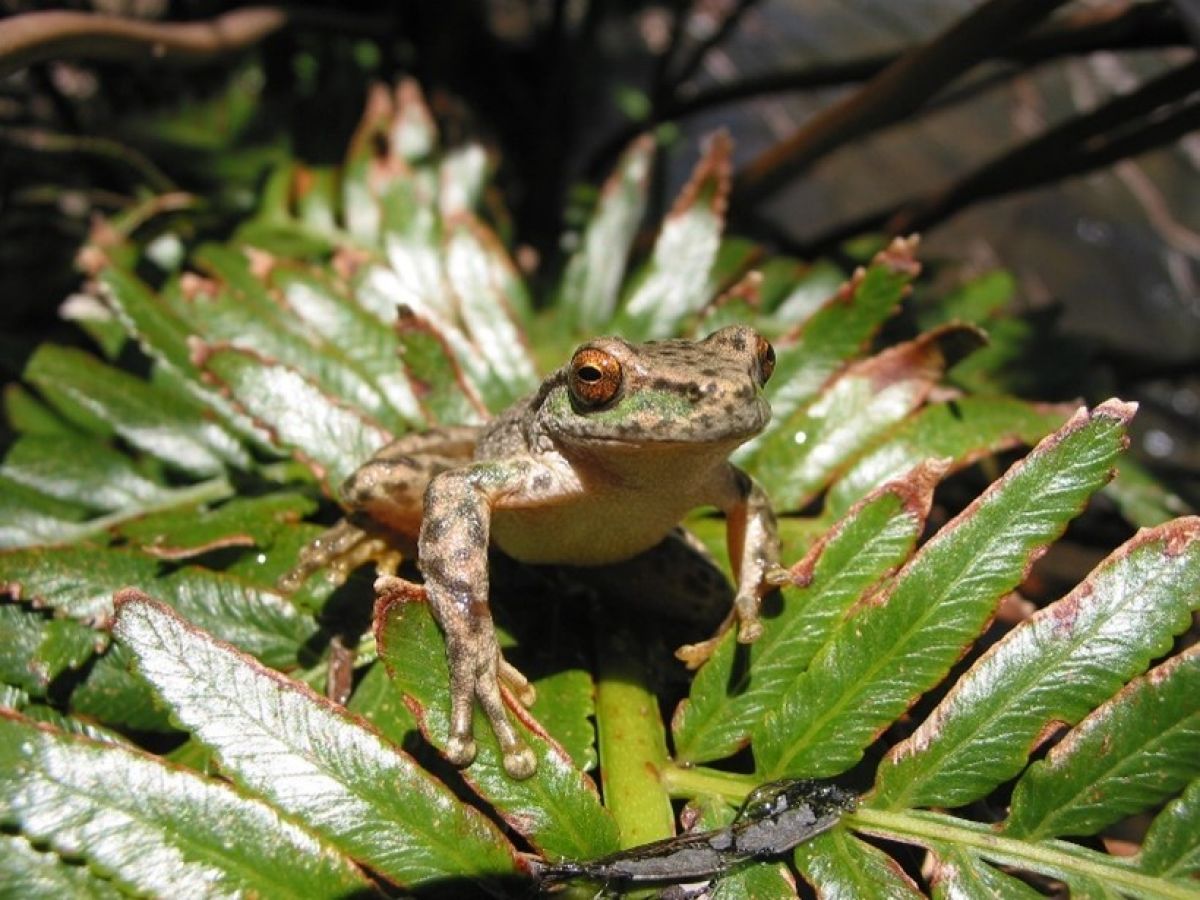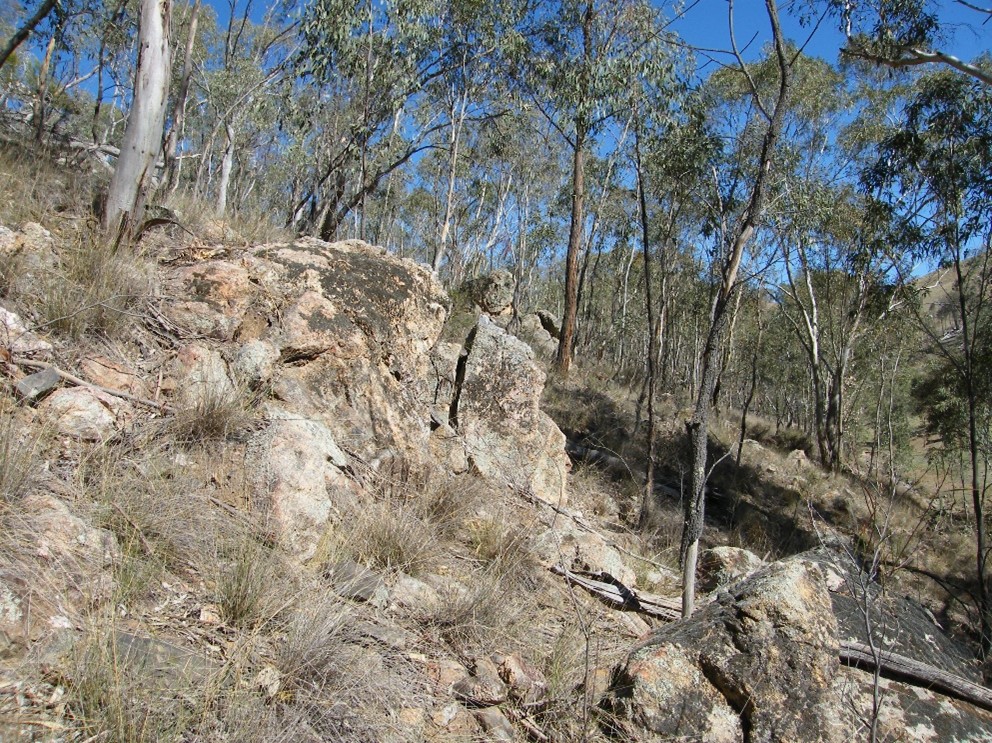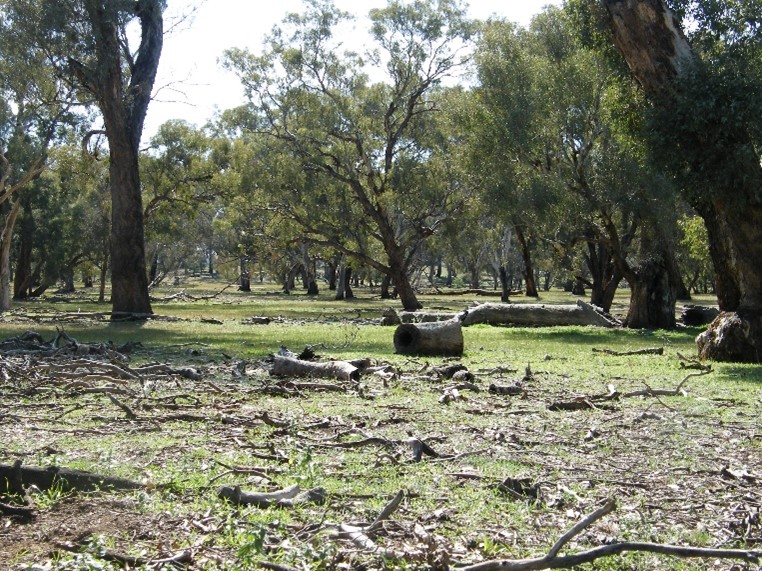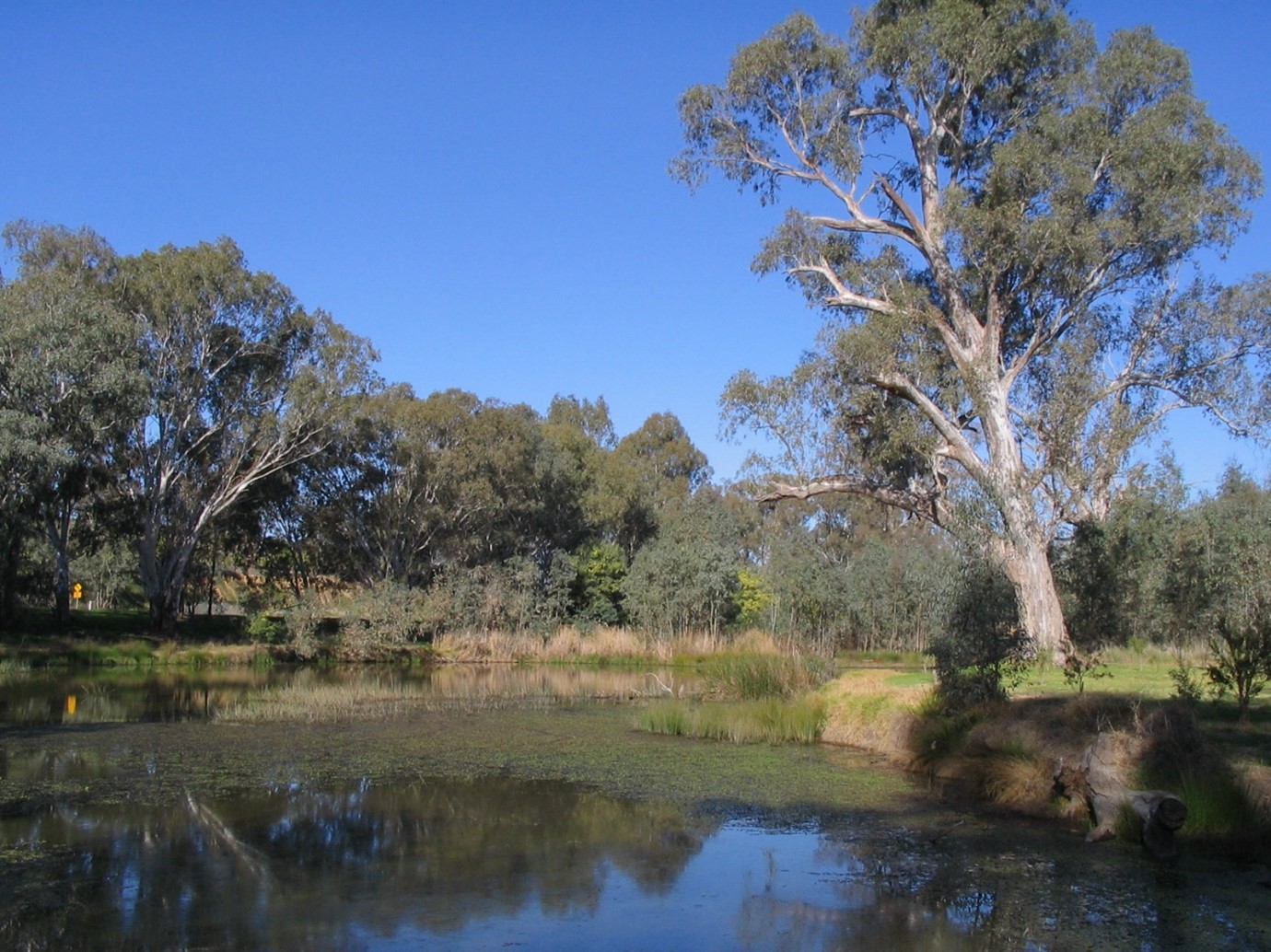An Identification and Conservation Guide
North East Victoria is home to a diverse array of reptiles and frogs found within a range of habitat types. Unfortunately, some reptile and many frog species are declining at an alarming rate. In Victoria, numerous threatened species are protected under the national Environment Protection and Biodiversity Conservation Act or Victoria’s Flora and Fauna Guarantee Act.
Download the brochure
You can keep reading this page to learn more or download our brochure on the species and habitats of reptiles and frogs:





Importance of reptiles and frogs
Reptiles and frogs play an important role in the ecosystem as both predators and prey for a range of animals including birds, marsupials and other reptiles. Large reptiles such as carpet pythons help regulate populations of introduced pest species such as mice, rats and rabbits, whereas smaller reptiles and frogs feed on insects and other invertebrates, often helping to control pest insect populations. Frogs are very sensitive to changes in their habitat and can serve as indicators of the overall health of both terrestrial and aquatic ecosystems.
Why are reptiles and frogs declining?
- habitat loss, fragmentation and degradation due to:
- infrastructure development
- overgrazing by livestock
- weed invasion
- recreational pressures
- bushfires and fuel management activities
- changes to water flows and water quality decline
- predation (especially cat and fox)
- ground layer rock and fallen timber removal
- disease including the fatal amphibian chytrid fungus








Key reptile and frog habitat features
Reptiles prefer environments with a diversity of habitat features including rocky basking sites, native vegetation and fallen timber. These include
- Trees with hollows and shedding bark.
- Fallen timber.
- Native tussock grasses and shrubs.
- Undisturbed soil and leaf litter layer.
- Exposed rocks and rock crevices.
Frogs occur in a wide range of habitats with most species requiring access to water for laying eggs and tadpole development. Key frog habitat features include stationary or flowing water, emergent and submerged aquatic vegetation, logs, rocks and native trees and shrubs. Sites with these key features create suitable conditions for reptiles and frogs by providing habitat for prey, refuge from predators and a variety of foraging, shelter and breeding sites.
Get involved
Protect and enhance sites with important habitat features:
- Fence to exclude or manage livestock grazing
- Revegetate with native grasses, shrubs and aquatic plants
- Undertake priority weed, pest and predator control
- Minimise fertiliser and pesticide application and run-off
- Establish conservation covenants or other land management agreements.
To conserve Victoria’s reptiles and frogs:
- Join a local community, Landcare or conservation group
- Practice responsible pet ownership
- Establish a frog and lizard friendly garden
- Submit records to the Victorian Biodiversity Atlas (DEECA).
Reptile habitats:


Frog Habitat - Wetlands:

Back to the Flora and Fauna brochures
Page last updated: 21/01/25